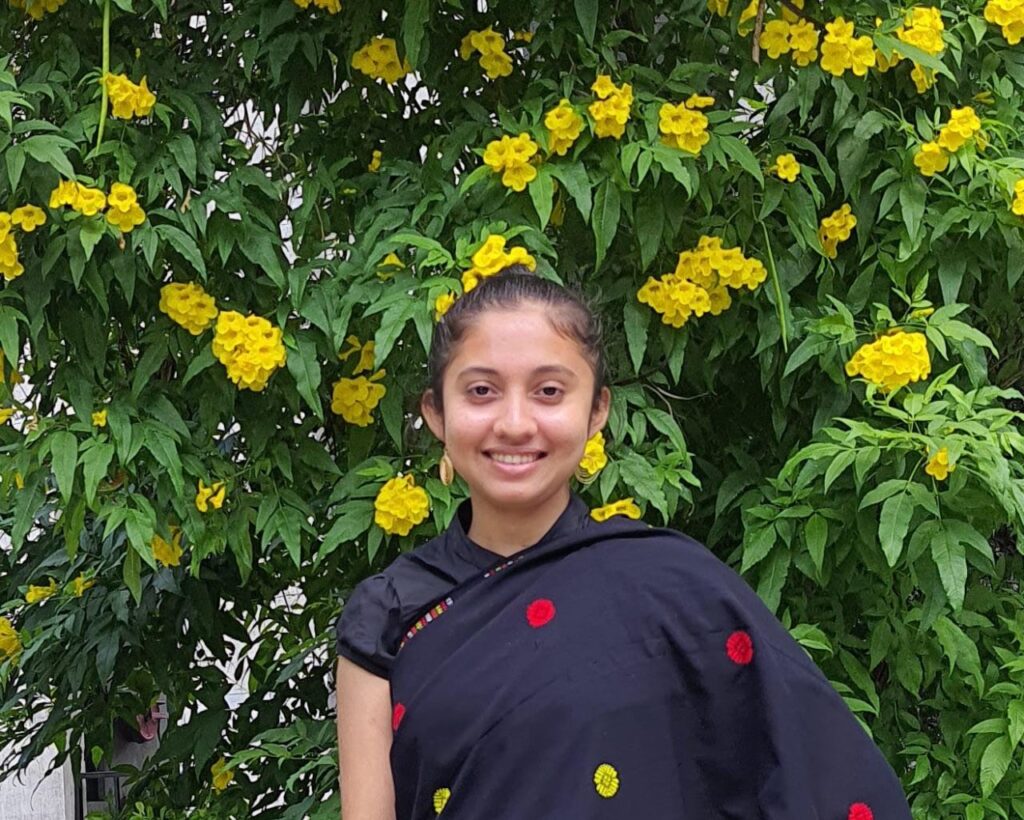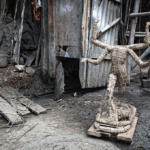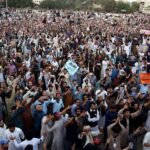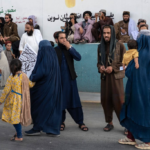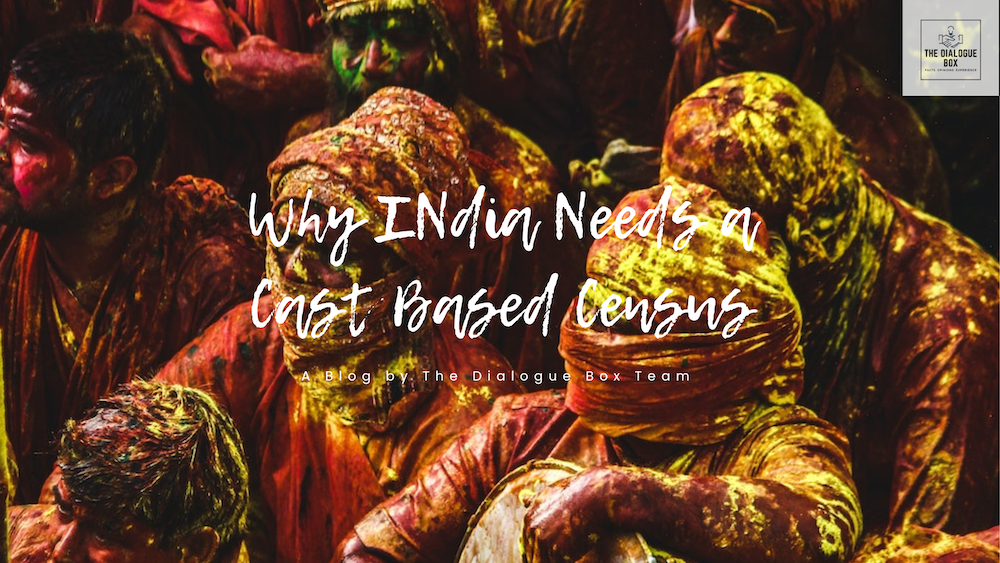Caste based census is often touted as the need of the hour for India. However, such a move comes with its pros and cons. In this blog lets try to find out the answer to “Whether India needs a caste based census?”
Caste has always been a matter of extensive debate throughout the political history of India. Time and again, different voices have raised demands for a caste-census though a lot of these voices have been prematurely shut down. A caste census, in this context, refers to the enumeration of all the existing castes and their population. It can also include data on their socio-economic standing.
In recent times, the Bihar assembly had passed resolutions favouring caste-based census. The Bihar government also urged the centre to conduct such a census on a national scale. Demands for caste based census were also raised in the states of Maharashtra and Odisha. At the wake of the Supreme Court upholding the 10% reservation for Economically Weaker Section (EWS), the questions surrounding castes has gained renewed importance.
It is important to discuss to what extent there is a need of conducting a caste census in India? In this blog, I will try to address this question in the backdrop of various socio-cultural and religious contexts.
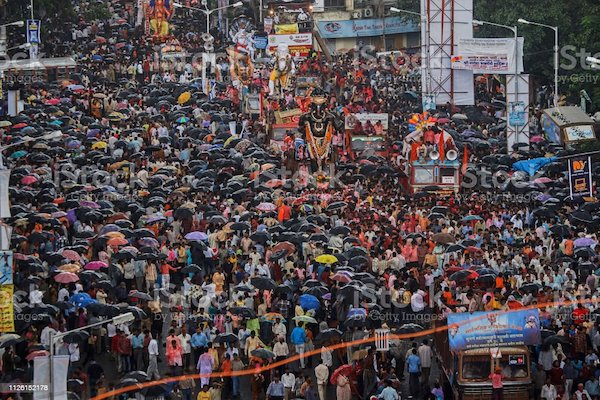
History of Caste Based Census in India
The first census in India was conducted by the British government in year 1871. This census and all the subsequent ones till that of year 1931 had extensive data on different castes. This practice was discontinued in 1941, when caste-based data was collected but not published citing financial constraints owing to World War II and administrative issues with England as the reason.
In post-independence period, every caste based census included data only on the Scheduled Castes and Scheduled Tribes as per the provisions of the constitution that enables reservation of seats for them in the Lok Sabha and State Legislative Assemblies according to their proportion in the population. However, data on other castes were not collected believing that it would perpetuate the caste system and make the Indian society more divisive. Subsequently in year 2011, Socio Economic and Caste Census was carried out. It was the largest caste listing exercise undertaken in post-independent India.
The Ministry of Rural Development and the Ministry of Housing & Urban Poverty Alleviation both carried out Socio-Economic Caste based censuses in rural and urban areas, respectively. The two ministries finalised and released the SECC data, excluding caste data, in 2016. It was stated that the caste data collected was inaccurate and fraught with errors and therefore not published.
Arguments Against Caste Based Census
Before elaborating on why a caste based census is needed, I would like to analyse popular arguments both in support and against the conduction of this census to examine their relevance.
Should these reasons be enough to stop India from taking on this task?
Do the problems outweigh the possible benefits?
Is the data set to be misappropriated by the political parties to woo minorities?
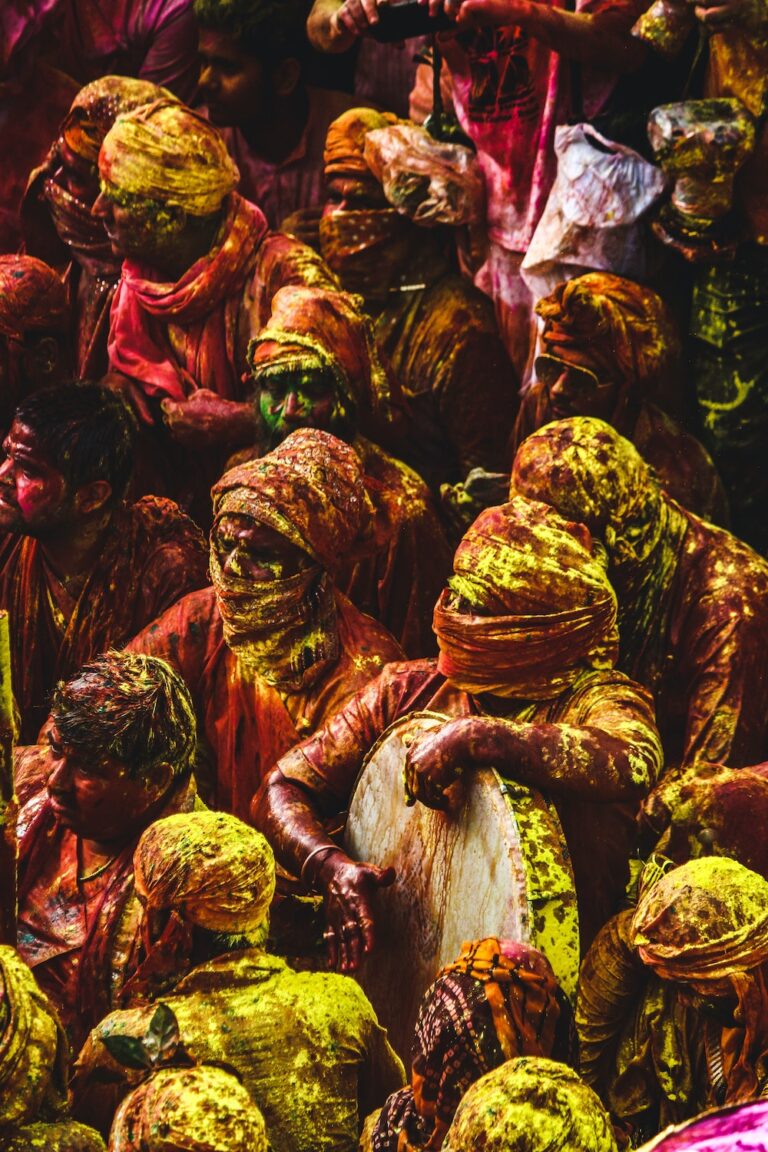
Some scholars argue that caste is a colonial idea that emerged as a result of census operations. They hold that classification of the population had led to the creation of this division based on caste. A similar analysis shows that conduction of castes based census will result in further division and increase in caste cohesiveness.
Father of the Indian Constitution, BR Ambedkar talked about the annihilation of caste. He and many others envisioned a casteless society as something India should strive to achieve. He firmly believed that no society can function effectively and strengthen itself if it is plagued by divisions within it. The caste system in his view had numerous flaws including a creation of hierarchy, taking away the choice of labour from people, and creation of social barriers. He advocated for the abolition of sub castes, and encouraged inter-caste, which he believed would pave the way for a casteless society. In this envisioned society, there would exist no barrier of caste, as the entire notion of caste would fade away with time.
These arguments, I would suggest, are idealistic. Even without a political instrument like census formalising their existence, divisions in societies are inevitable and does not fade away on their own. Racism in the United States, discrimination against Shia Muslims in countries dominated by Sunni Muslims, religious riots and discrimination against women all stand testimony to this fact. Refusing to collect caste data can be equated with refusing to look at a wound and hoping it would go away. The wounds of caste divide can only be healed if one probes into it and diagnoses the problems and the solutions needed. If collection of data on genders are being used for the welfare of women and has aided in gradually closing the Gender Gap, collection of caste data would in the same way help bridge the gap between castes.
Problem of Data Collection
According to the data collected in SECC a total of 46,73,034 distinct castes emerged. A list of backward castes for each state is compiled and updated by the National Commission for Backward Classes. According to the commission’s list, Karnataka has 199 OBC categories, while Bihar has as many as 136. These staggering numbers are often used to argue that there are considerable challenges to data collection. To effectively collect such data would take a lot of planning and strategies to make sure that the data is not mishandled. Further, assignment of a particular caste becomes difficult in cases of children born to inter-caste couples. The same problem poses itself in case of people belonging to faiths other than Hinduism where there is a lack of strict division in castes. This makes an accurate caste census a near-impossible task.
Despite the complexity of curating this information on castes, it cannot be a reason for calling off caste based censuses. If India had enough resources to collect the data in 2011, it can definitely strategise better and undertake this task after more than 10 year. With the availability of advanced technology, the security and storage of data in the best possible manner can be ensured. As far as inter-caste children go and the people belonging to separate faiths, there can categorised into a separate category, considering the unique struggles and problem they would face.

Political Interference
When conducting an exercise as large in scale as this, one needs to be wary of its possible misuse. Issues revolving caste and reservation have occupied the central stage in Indian politics for decades. Political parties have been formed and broken based on such matters. Vote bank politics surrounding the Mandal Issue has also been in the forefront. In a situation like this, it is only correct to assume that collection of data on an issue as sensitive as caste is likely to draw political interference. Parties might try to manipulate the data to meet vested interests.
Although there exists a possibility of political interference and mishandling of data, if stringent measures are taken it can be avoided. An independent body, unaffiliated to any political party or ideology, can be set up for undertaking this task.
This being said, let’s look at the flip side of the issue.
Solving The Questions on Reservations
Quantifiable data on reservation is essential in determining questions surrounding reservation. The Supreme Court in M. Nagaraj vs Union of India recognised the Government’s authority to establish positive discrimination for promotions. However, while doing so, it had established a number of prerequisites for the exercise of such power, including the need for “quantifiable data showing the class’s backwardness and inadequate representation in public employment,” as well as the need to ensure that administrative efficiency was not jeopardised. The Supreme Court’s 2018 constitution bench decision in Jarnail Singh and Ors. vs. Lachhmi Narain Gupta and others eliminated the requirement for gathering quantitative data demonstrating the social and economic disadvantage of SCs and STs, but it left in place the requirement for gathering quantitative data demonstrating the inadequate representation of SCs and STs in the workforce. Numerous High Courts around the nation have invalidated reservation in promotion regulations created by the Centre and States as a result of non-compliance with this prerequisite. Existence of data on reservation would make decisions on such matters easier.
The lack of collection of data since 1931 has resulted in an unclear picture of the constitution of our society. There have been estimates made regarding the percentage of Other Backward Classes (OBCs) in India by the Mandal Commission as 52%. However, those estimates are in dispute. This has also resulted in debates surrounding the percentage of seats that should be reserved for certain castes. Data on the population of castes could help resolve this debate.
With the regular undertaking of caste based census, modifications can be made to the reservation system, as and when necessary, backed by empirical data. In due course of time, this can help eliminate the reservation system altogether if the socio-economic divide between the castes cease to exist.
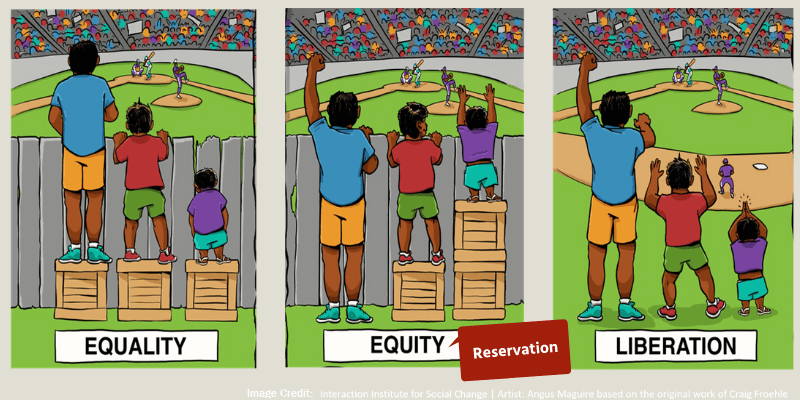
Facilitating Policymaking
The biggest benefit of a caste based census would probably be in policy making. Policy making is always benefitted by empirical data. With the help of the caste census the vulnerable and downtrodden sections of the society can be better identified. The data would also help identify castes that have been uplifted and castes that needs further help. It would give insight into whether past policies have had the desired results.
Being a socialist country, welfare of the general public and especially of the marginalised and vulnerable sections is important in India. If the government wants to better implement the welfare schemes, they need to know who is in need of it. Caste based census would be useful in identifying who the government needs to target through these schemes. It would help evaluate if the benefits of the welfare schemes are reaching the desired people or are they only benefiting an elite section within the targeted community.
Conclusion
Existence of a reliable set of data from a caste-based census will not only give the debates surrounding castes a fresh perspective but will also remove many points of contestation. Given we tread carefully, a caste census can go a long way in rationalising reservations and bringing about needed changes. It would make policy formulation and implementation more effective. Of course, this census will bring its set of problems and challenges. However, if we are able to navigate these challenges with proper planning and strategisation, a caste based census might be the very way to a casteless society.
This being said, political experts might argue that there is a possibility of the data being misappropriated and used by political parties for pleasing minorities. However, that cannot outweigh the advantages. India is a welfare state under obligation to direct its resources towards people who need it the most. With a country where caste of a person still determines his/her class, a caste based census is indeed required.
I leave you with an interesting video from youtube published by India Today on the same topic.
Sudarshana Mahanta is a first year student at Gujarat National Law University pursuing BA LL.B (Hons). She has a keen interest in education, politics and literature.
She has been writing blogs related to political issues and you can subscribe to our blogs for more content from writers like her.
